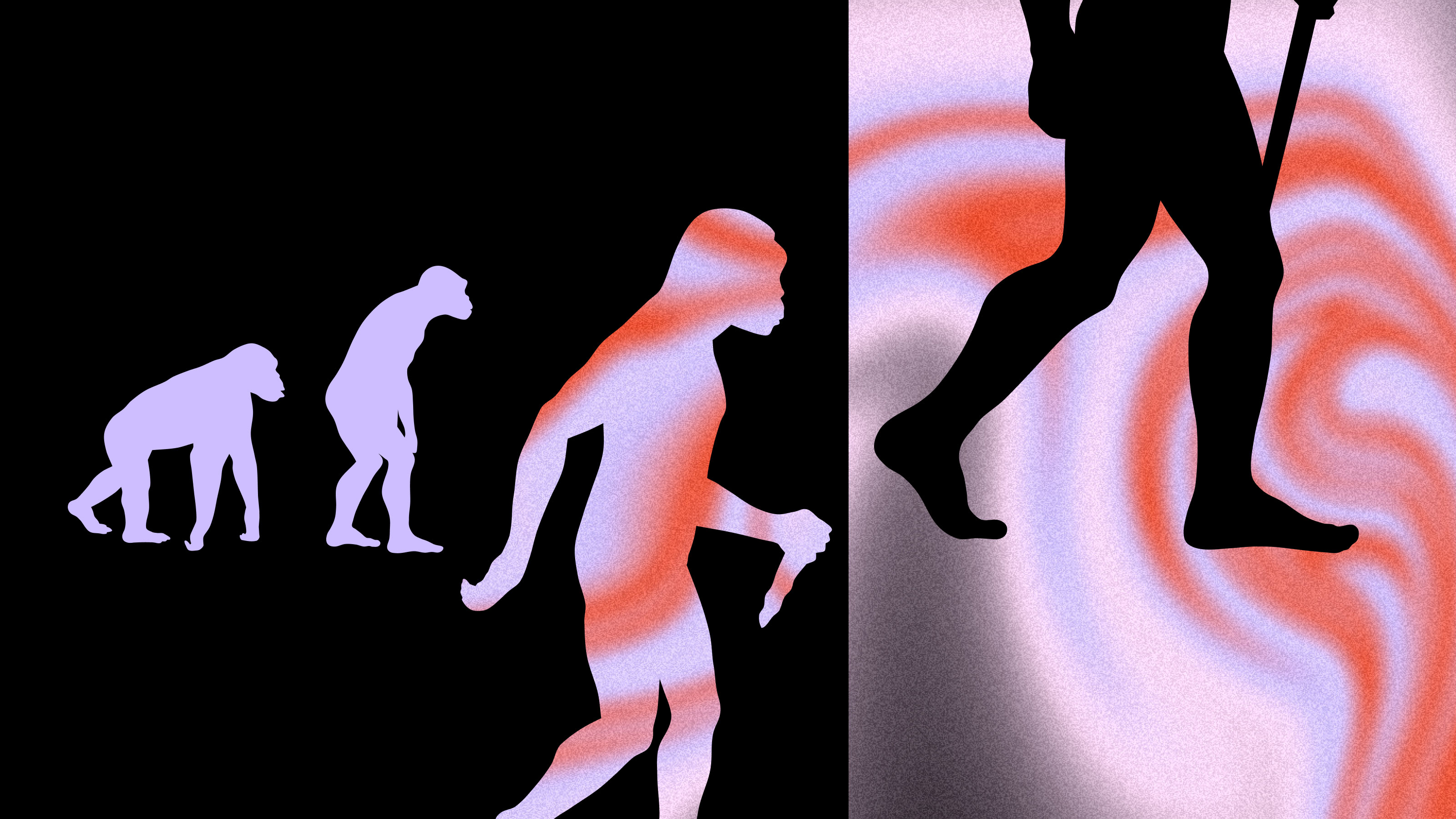Is Schizophrenia Really a Black Disease?

Who decides what “insane” means? This was the major question of Ken Kesey’s countercultural classic “One Flew Over the Cuckoo’s Nest,” which illustrated how mental illness could be deployed by the establishment to crush the individual. But a recent book by University of Michigan psychiatry professor Jonathan Metzl suggests that Kesey’s novel might not have been far from non-fiction. In “The Protest Psychosis: How Schizophrenia Became a Black Disease,” Metzl documents the shifting interpretations of schizophrenia through the 20th century, tracing its evolution from a “white middle-class woman’s disease” to an “African-American man’s disease.” Specifically, with the political upheaval of the civil rights movement, popular culture began to associate angry black men with schizophrenia, which in turn influenced the way doctors interpreted and diagnosed the illness.
Metzl is not the first to investigate the intersection between politics and illness. In 1978, cultural critic Susan Sontag published “Illness as Metaphor,” a book which explored how our cultural biases affect the way diseases like cancer are interpreted (Sontag herself was battling breast cancer at the time). Ten years later, she expanded her purview with the follow-up work “AIDS and Its Metaphors,” which analyzed societal perceptions of the AIDS epidemic—which were influenced heavily by metaphors of invasion, militarism, pollution, and pestilence. Her basic argument in both works is that there is a human tendency to interpret illness by comparing it to other things, often relying on metaphoric language and images.
The same is true, if not more so, for mental illnesses, whose effects are not inscribed physically on the body. And schizophrenia is one of the most misunderstood and misinterpreted mental illnesses. Despite the etymology of its name (from the Greek roots for “to split” and “mind”), schizophrenia does not, as is popularly believed, refer to the splitting of the mind into multiple personalities—that’s dissociative identity disorder. Instead schizophrenia is characterized by an inability or difficulty to distinguish between real and unreal experiences. According to the Diagnostic and Statistical Manual of Mental Disorders (DSM-IV) symptoms of schizophrenia include delusions, hallucinations, disorganized speech, and grossly disorganized or catatonic behavior. But Metzl tells Big Think that the definition has “changed in relation to changing popular perceptions about how people with schizophrenia act.”
“In particularly the early 1920s, 1930s, 1940s when the idea of schizophrenia itself was first coming to the United States from Europe there was a general assumption that persons who suffered from schizophrenia were either shy or calm or they were geniuses,” Metzl says. “It was often represented as an illness that afflicted white novelists or poets and as I say, these were very often in popular and psychiatric representation assumed to be white people.” But during the massive societal upheavals in the middle of century, ideas of sanity and insanity took on new meaning. “All of a sudden in the 1960s, American culture, newspapers, magazines, movies start to represent angry African-American men as in part being inflicted with a new form of this particular illness,” and this change in popular perception of the disease directly influenced the clinical definition of it, Metzl argues. “All of a sudden in 1968, the second version of the Diagnostic Manual comes out and there is new language that says ‘aggression, hostility, projection.'” The image of a schizophrenic person was all of a sudden more violent and unstable than the schizophrenic of 20 years before.
The practical consequences of this popular-cum-clinical shift in perception was that in the 1960s far more African-American men were institutionalized in psychiatric wards with schizophrenia. “Some had committed crimes, some had participated in civil rights protests, some had been participants in urban riots at the time. They all passed through various forms of the penal system and ended up diagnosed with schizophrenia and locked in the psychiatric wards,” says Metzl. But were these men really schizophrenic? Or were they victims of shifting clinical definitions of disease, one that was prone to metaphoric interpretation?
Illnesses of the mind, unlike cancer and AIDS, can not be diagnosed biologically through laboratory tests. This has always been the major challenge of psychiatry. Psychiatrists must rely on patients’ reported and observed behavior, interpreting the constellation of symptoms and matching that to a diagnosis using the DSM-IV. And since these definitions of mental illness aren’t biologically determined, they are more likely to reflect cultural norms and perceptions. But Metzl does believe there is some biological basis for mental illness: “I feel like there is a false divide, almost like you have to vote: is an illness biological or is it social or socially constructed? And I don’t like that divide very much because I think that all definitions of illness and particularly all definitions of psychiatric illness are always both.” Psychiatrists must be fluent in both the cultural and the biological dimensions of illness, he says.
Brain imaging has revealed some slight changes in schizophrenic brains—the ventricular system is larger, the amygdala is hyperactive, and the frontal lobe is hypoactive during hallucinations. But imaging has not, as many in previous decades hoped, allowed psychiatrists to diagnose schizophrenia with the same biological certainty as bodily diseases. “The 1990s were often called the decade of the brain in psychiatry where we didn’t need to worry about Freud or about gender, psychoanalysis, or context,” says Metzl. “All these things were in certain ways kind of pitched out the window because we were going to get the answer to everything from brain scans.” But brain scans, though revolutionary, have failed thus far to unlock the secrets of the brain, and psychiatry has come to “a more moderated understanding of the brain.”
Takeaway
Schizophrenia affects over 2 million people in the U.S., but the illness disproportionately targets African-Americans. Research suggests that blacks are diagnosed with schizophrenia five times more frequently than any other group. Is this truly a case of genetic difference? Or are doctors over-diagnosing blacks with schizophrenia because of a cultural bias to perceive it as a “black disease”?
Learn More
— Article from Psychology News discussing the over-diagnosis of schizophrenia among African Americans.
— “Brain volume in first-episode schizophrenia,” (2006) published in the British Journal of Psychiatry





